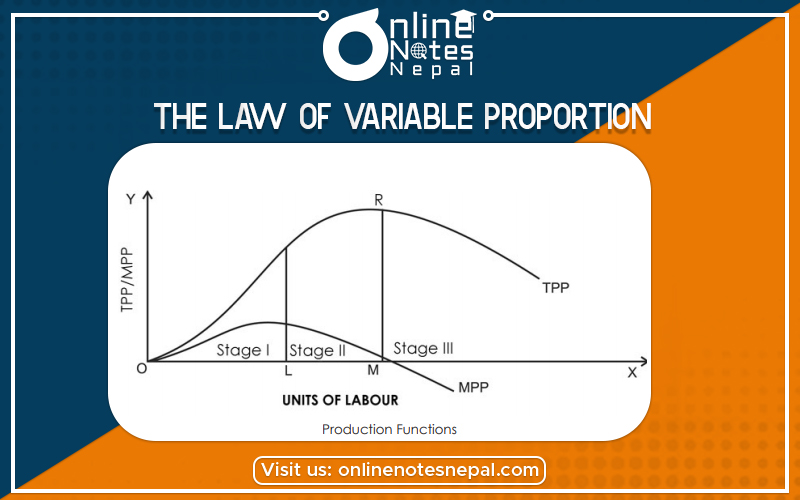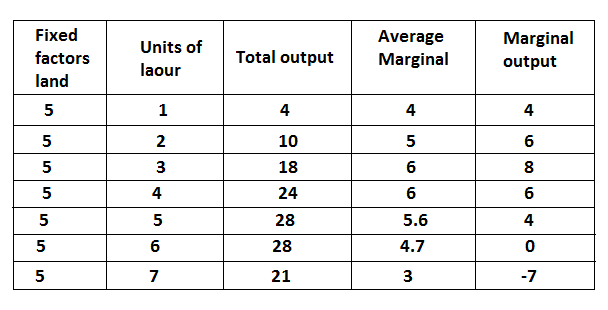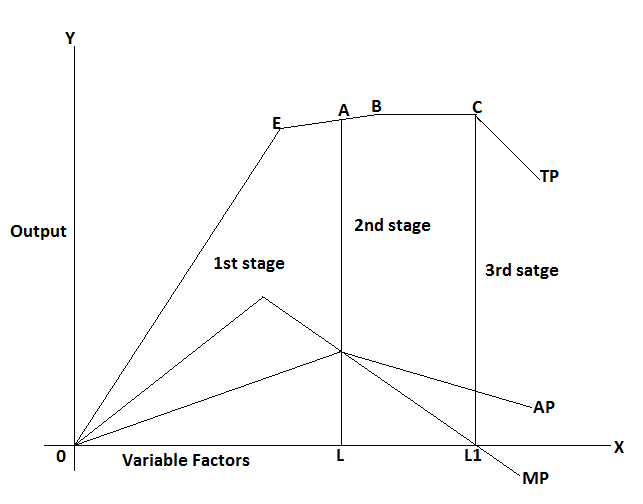Published by: sadikshya
Published date: 02 Jul 2021

The law of variable proportion occupies an important place in economic theory. This law examines the output and input relation when the number of single variables factors is changed, keeping the number of other factors constant. In other words, the law of variable proportion states that if the input one factors increase the input of other factors are held constant. It is a short period of production function. The classical economist called it the law of diminishing returns, According to Benham “As the proportions of one factor in a combination of factors increase after a point first the marginal and then the average product of the factors will diminish.
The law of variable proportion can be explaining with the help of the following table and diagram.


This law generally divided into three stages which are explained below.
It is called the stage of increasing returns. Total production increases initially at an increasing rate. Marginal production all increases and average production increases the first stage comes to an end. When marginal production cuts average production at the maximum when average producti9on is maximum and it is equal to marginal production there LA is the boundary line of first stage causes of increasing returns is specialization and division of labour innovation better use of factors swing of cost and time.
This stage is known as the stage of diminishing returns. Total production continues to increase at a diminishing rate at point C. marginal production continues to be decline and becomes zero at the end of 2nd stage at point L1. Average production started diminishing from point A. this stage comes to an end. When total production is highest and marginal production is zero, causes of diminishing returns are diminishing of labour and specialization has been Maximum.
This is a stage of negative returns. This stage begins after point L1 crossing. Marginal product to OX axis, during this stage total production, start diminishing, average production continuous and marginal product becomes negative causes of negative returns are overutilization of fixed factors in efficiency and breakage.